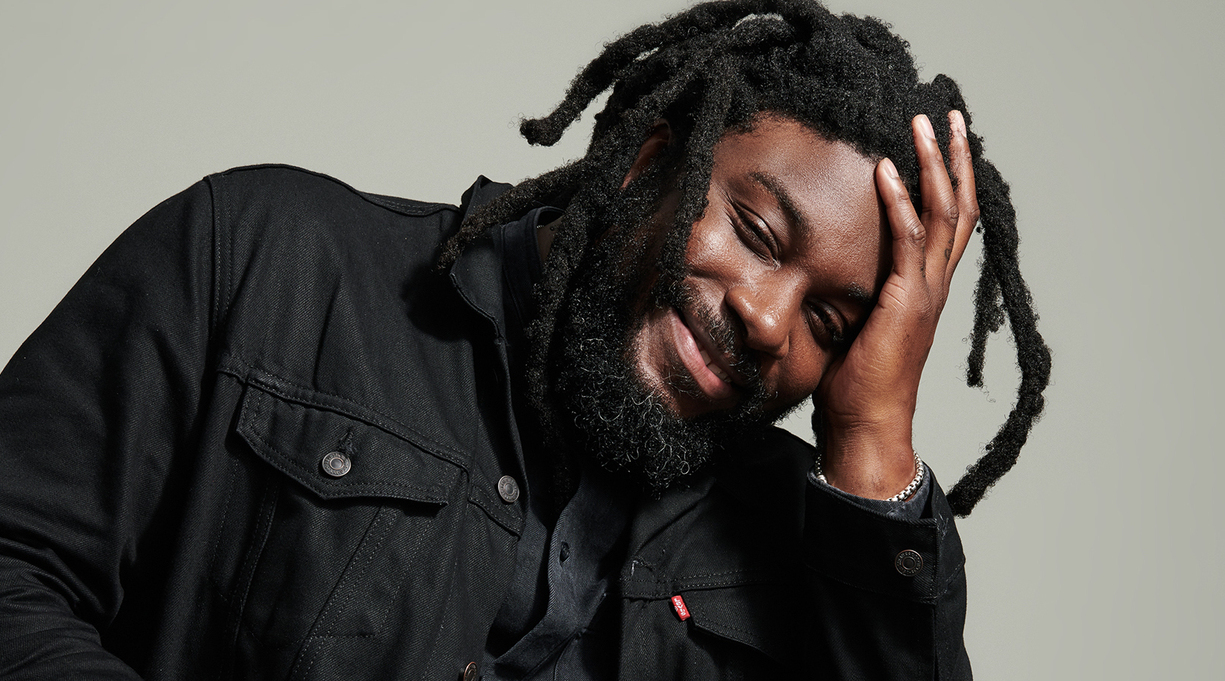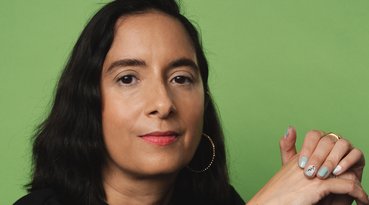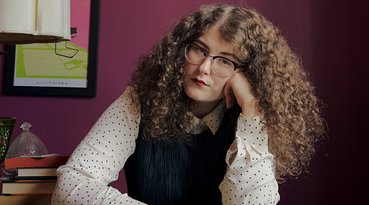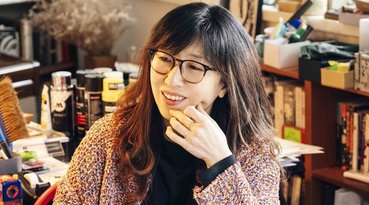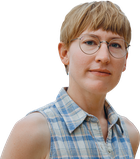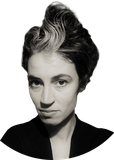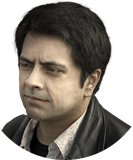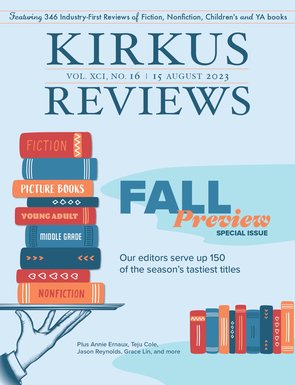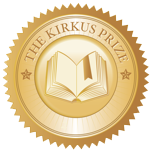For Jason Reynolds, a library is a playground, a dance floor, a place to experience the whole range of human emotion—and no one better exemplifies that mindset than Langston Hughes. Exploring the poet’s life and literary legacy, Reynolds’ debut picture book, There Was a Party for Langston (Caitlyn Dlouhy/Atheneum, Oct. 3), illustrated by Jerome and Jarrett Pumphrey, focuses on a 1991 gathering at the New York Public Library’s Schomburg Center, where luminaries such as Maya Angelou and Amiri Baraka came together to fete Hughes, to celebrate the opening of an auditorium named for him, and to dance with joyful abandon. Reynolds answered our questions about the book via phone, and his responses have been edited for length and clarity.
What drew you to Langston Hughes?
I think Langston Hughes was the first poet I read. And when I finally started reading poetry, that was sort of an easy go-to. There was what seemed at the time to be a simplicity to the language. Of course now I know that it’s much more complex than one might think. But there’s an ease to the language that as a young person I gravitated toward because everything else seemed so confusing. Langston Hughes obviously lived in a very different time than I did. Yet it still felt like something that was mine, something that I could connect to, like someone in my family was speaking.
Why did you decide to write a picture book about Langston rather than, say, a middle-grade or a YA book?
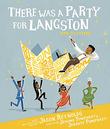 Langston is the main character, so to speak, of the story. But it’s almost a red herring. We’re going to celebrate this man who could put together words in such an intricate and interesting way. But really what we’re doing is celebrating where those words get to live and how they play out in our lives, which I think is more important. Langston is only the arbiter of that story. But it’s not really about him.
Langston is the main character, so to speak, of the story. But it’s almost a red herring. We’re going to celebrate this man who could put together words in such an intricate and interesting way. But really what we’re doing is celebrating where those words get to live and how they play out in our lives, which I think is more important. Langston is only the arbiter of that story. But it’s not really about him.
We look at Langston Hughes as this incredible figure, this giant when it comes to letters. But we should also be looking at the spaces in which those letters live—[they’re] just as fascinating and just as exciting. If you’re a child, the library should feel just like a playground; it should feel like a seesaw or merry-go-round or jungle gym. Except instead of doing a flip upside down or running in to play tag, you’re flipping through pages of a book and figuring out how to get caught by the stories and language and the energy of the people who wrote those books.
If someone were going to write the story of you and your life, who would you choose, and why?
I used to say Kiese Laymon, just because I love Kiese Laymon, and I think he’d take care of me, and I think he’d be loving, because that’s how he is. I think he’s a brilliant writer who could make my life pulse on a page.
But as I think about it now, it would probably have to be, hopefully, lots of people who could contribute a paragraph or chapter. I’d like to believe that my life has been odd enough and dynamic enough and interesting enough and broad enough for people around the world to contribute a little bit of something about their experiences with me or the things that I’ve made.
I don’t believe that everyone will have something kind to say. I’m a whole person, not without flaw. And I would want it to be an honest story, one that is full and whole and complex, as complex as I am.
Mahnaz Dar is a young readers’ editor.



